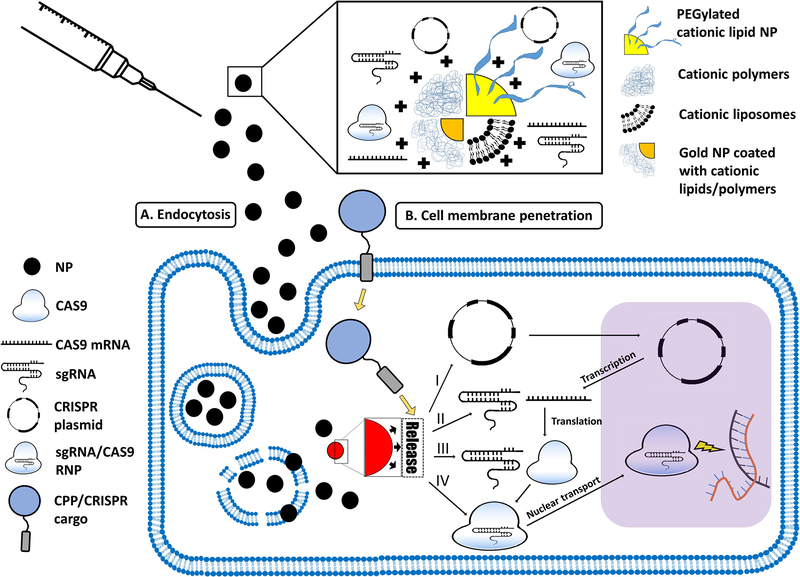Figure 2. The pathways of NP-mediated CRISPR/Cas9 delivery to the nucleus.
Such NPs can take several forms, including PEGylated cationic lipid NPs, cationic polymers and liposomes, and cationic lipid- or polymer-coated gold NPs (top panel). The NPs may enter the cell via (A) endocytosis (in case of inorganic, or polymeric-/lipid-based NPs) or (B) direct cell membrane penetration (e.g. in the case of CPPs). While CPPs facilitate direct entry into the cytosol, other types of NPs are first engulfed into endosomes, from which the NPs have to escape into the cytosol. Once in the cytosol, NPs (regardless of their cellular uptake mechanism) need to release their CRISPR/Cas9 cargo. This cargo can be: (I) a CRISPR plasmid that has to be transported to the nucleus to be transcriptedinto sgRNA and Cas9 mRNA. Cas9 mRNA is then translated into Cas9, which is complexed with sgRNA to form the sgRNA/Cas9 RNP, which finally enters the nucleus to induce double-stranded DNA breaks at the target sites; (II) the sgRNA and Cas9 mRNA; (III) sgRNA and Cas9 protein, or (IV) sgRNA/Cas9 RNP.

